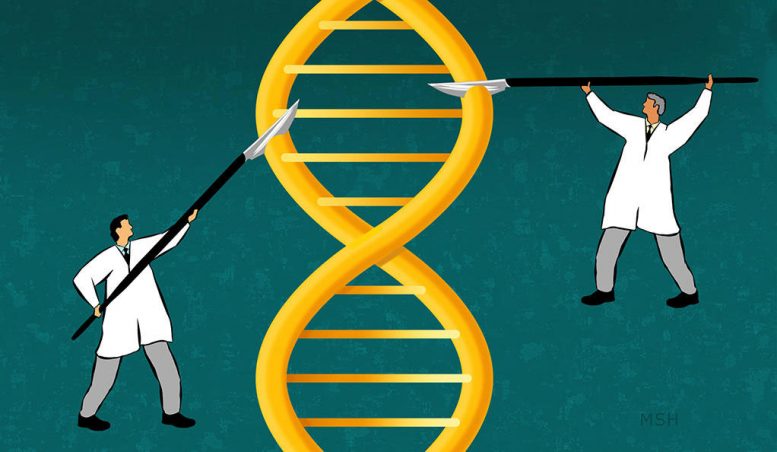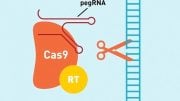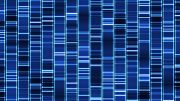- Yale researchers have created a new genome editing technology that is more accurate and efficient, improving the ability to insert or eliminate genes in DNA. (Illustration by Michael S. Helfenbein)
In a newly published study, researchers from Yale University report they have created a more precise and efficient technology to edit the genomes of living organisms, an ability that is transforming medicine and biotechnology. The new method eliminates some of the drawbacks of genome editing technologies, which enables scientists to insert or eliminate genes within DNA.
“You can think of existing technology as a hacksaw and this method as a scalpel that enables us to make precise genetic modifications with high efficiency at multiple sites within the genome of a eukaryote,” said senior author Farren Isaacs, associate professor of molecular, cellular & developmental biology at the Systems Biology Institute on Yale’s West Campus.
Existing gene editing technology, for example, CRISPR/cas9, typically breaks two strands of DNA when introducing genetic modifications. Organisms mobilize in an effort to repair those breaks in DNA, which can be lethal to cells. However, sometimes those breaks aren’t fixed or repairs create tiny DNA sequence errors that can alter the function.
“Breaking and creating errors in genes is not true editing,” said Edward Barbieri, a recent Ph.D. graduate from Yale and lead author of the study.
The Yale team engineered this DNA replication and repair function in yeast so that new genetic information can be inserted without double strand breaks across many different regions of the genome.
The new improved gene editing technique — eukaryotic multiplex genome engineering (eMAGE) — can speed efforts to replace disease-causing genes, identify and produce naturally-occurring antibiotics or cancer-fighting agents and spur the creation of new industrial biotechnology products, Isaacs says. The team’s approach was used to generate nearly a million combinatorial genetic variants to introduce precise genetic changes across many genome sites, resulting in changes that re-tuned gene expression and metabolism.
“We can create lots of combinations of mutations, which gives us an unprecedented tool to identify driver mutations of disease and fundamentally re-program cellular behavior,” Isaacs said. “Our sights are set to further develop the technology and expand to multicellular organisms.”
Other Yale authors include Paul Muir, Benjamin Akhuetie-Oni and Christopher Yellman, now of the University of Texas Austin.
The study was funded primarily by Defense Advanced Research Projects Agency, the National Institutes of Health, and the Arnold and Mabel Beckman Foundation.
Reference: “Precise Editing at DNA Replication Forks Enables Multiplex Genome Engineering in Eukaryotes” by Edward M. Barbieri, Paul Muir, Benjamin O. Akhuetie-Oni, Christopher M. Yellman and Farren J. Isaacs, 16 November 2017, Cell.
DOI:10.1016/j.cell.2017.10.034










Be the first to comment on "Scientists Create a More Precise Technique to Edit Genomes of Living Organisms"